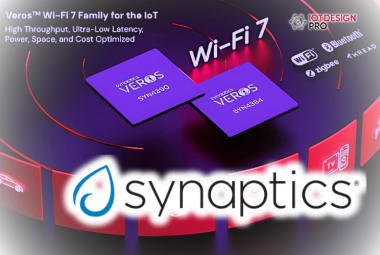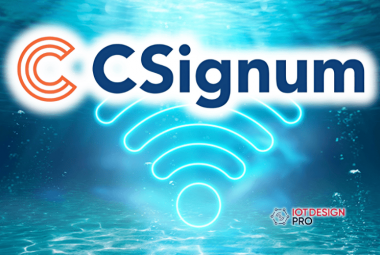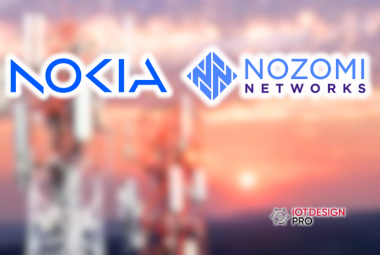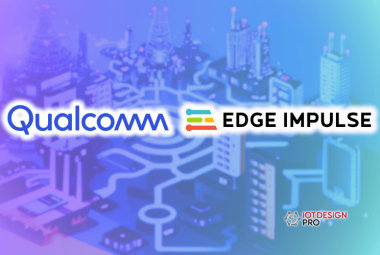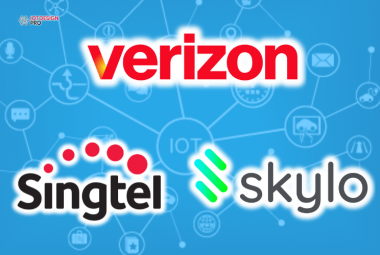The global satellite IoT subscriber base is predicted to reach 26.7 million by 2028, growing at a CAGR of 39.2%. With only 10% of the Earth’s surface covered by terrestrial networks, satellite IoT plays a vital role in remote connectivity across sectors like agriculture, logistics, energy and government.
The global satellite IoT market is getting an extraordinary growth, with the subscriber base expected to rise from 5.1 Million in 2023 to 26.7 Million by 2028. This rapid expansion, driven by a compound annual growth rate (CAGR) of 39.2%, reflects the increasing reliance on satellite communication for connecting remote and inaccessible areas. Currently, only around 10% of the Earth’s surface is served by terrestrial connectivity services, leaving a huge opportunity for satellite IoT communication to grow. As a result, industries such as agriculture, asset tracking, maritime logistics, oil and gas exploration, utilities and government sectors are adopting satellite IoT for reliable, global coverage.
Leading players in the satellite IoT space include Iridium, Orbcomm, Viasat (Inmarsat) and Globalstar. Iridium has emerged as the largest player as it serves 1.8 million subscribers, growing by 17% over the previous year. Orbcomm, which began as a dedicated satellite operator, has now transitioned into a full-service provider, delivering solutions across its own and partner networks, including Viasat’s. With 715,000 subscribers, Orbcomm continues to strengthen its position in the market. Other prominent players such as Myriota, Thuraya and Kineis are also gaining power, particularly in regions like Australia, UAE and France, offering services to tens of thousands of users.
In addition to the traditional satellite operators, several new entrants are actively investing in the IoT market, focusing on the development of hybrid satellite-cellular networks. Skylo, a key player in this space, has been actively forming partnerships with mobile operators such as Deutsche Telekom and O2 Telefónica to bring hybrid solutions to the market. Collaborations between satellite operators and telecom companies are expected to grow in the coming years, allowing for seamless IoT connectivity across vast, underserved regions, ensuring uninterrupted operations in remote locations worldwide.







